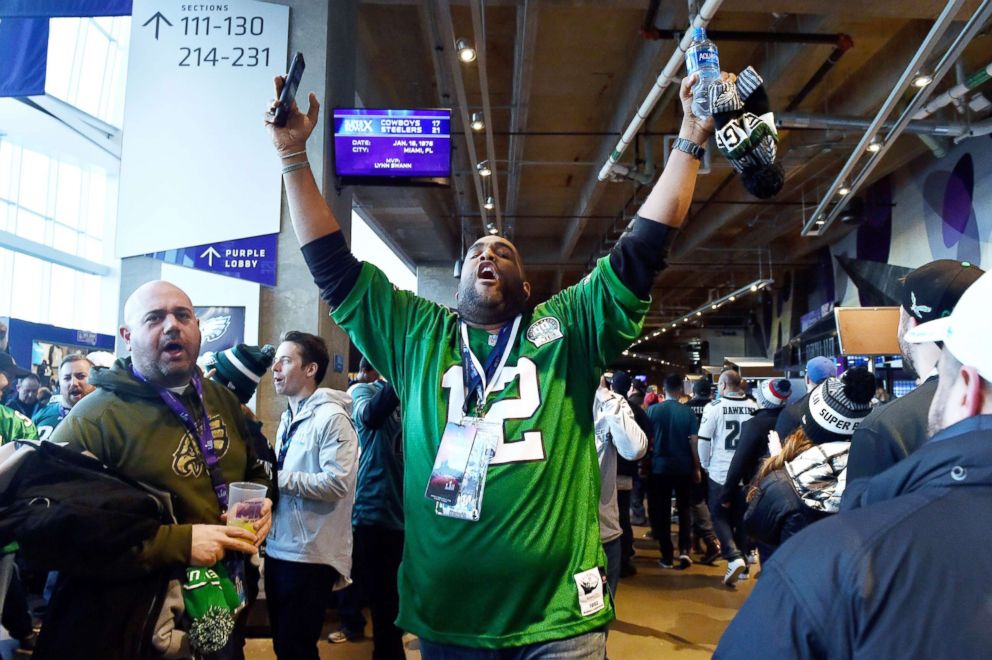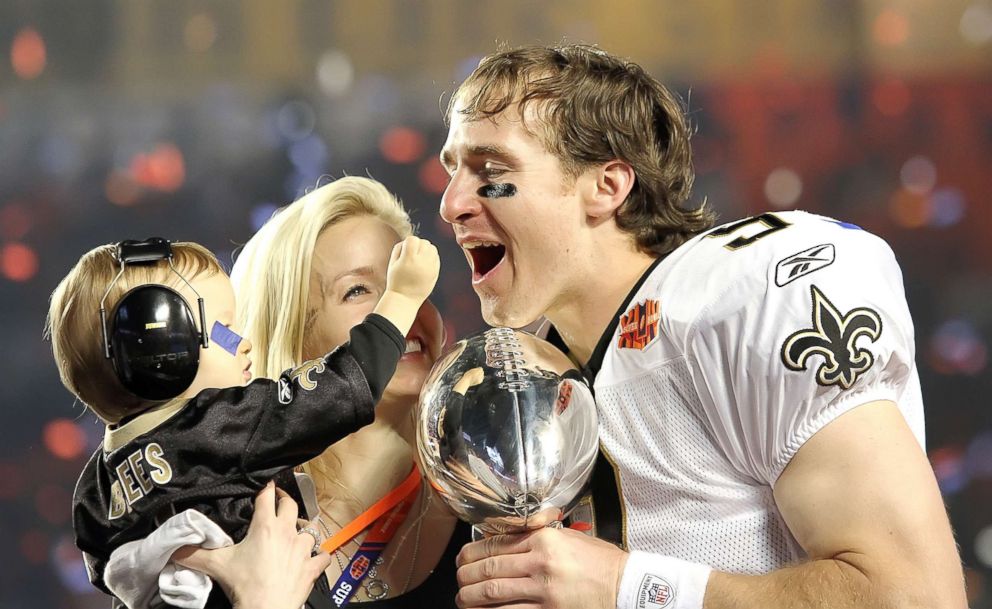NIOSH has released an updated version of its free Sound Level Meter app, designed to measure noise exposure in the workplace. The update includes new information on how to conduct a noise survey and select proper hearing protection. The agency also has improved the app’s help screens, NIOSH announced Jan. 23 via Twitter.
Along with sharing and reporting data, the app has the capability to calibrate an internal or external microphone.
The NIOSH Sound Level Meter is available to download from the Apple App Store. For Android users, the agency states that because of the large number of available Android devices and models, “testing and verification of the accuracy and functionality of an Android-based app in our laboratory is not currently possible.”

About the Sound Level Meter App NIOSH Sound Level Meter App
The NIOSH Sound Level Meter (SLM) app combines the best features of professional sound levels meters and noise dosimeters into a simple, easy-to-use package. The app was developed to help workers make informed decisions about their noise environment and promote better hearing health and prevention efforts.
Key Features
- Developed by experienced acoustics engineers and hearing loss experts.
- Tested and validated (accuracy ± 2 dBA) according to standards in a reverberant chamber at the NIOSH acoustics lab – the only proper method to validate accuracy.
- Meets Type 2 requirements of IEC 61672:3 SLM standard when used w/ external microphone.
- Provides the most relevant metrics found in professional sound instruments today. Averages such as LAeq and TWA, Max and Peak Levels, Noise Dose and Projected Dose according to NIOSH and OSHA standards, and all three major weighting networks (A, C, and Z).
- Capability to calibrate either internal or external microphone. Reporting and Sharing data.
- Up-to-date informational screens on what noises are considered hazardous, how to conduct a noise measurement, how to properly select a hearing protector and guidelines for preventing hearing loss.
- Technical support is available directly from NIOSH hearing experts.
The NIOSH Sound Level Meter App is excellent for measuring noise exposure in the workplace; but how about measuring the attenuation of an earplug.

So now that we KNOW that the work in the environment is deemed “noisy” then how do we know the hearing protection is blocking out the allowed exposure of noise?
The answer is simple: FITCHECK SOLO™. FitCheck Solo™ will measure any earplug from any source. No additional special devices are needed. Just the same earplugs they now use or even ones they are considering using. Learn more about Field Attenuation Estimation Systems.
Source:
https://www.safetyandhealthmagazine.com/articles/18007-niosh-updates-sound-level-meter-app


